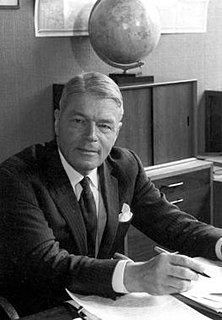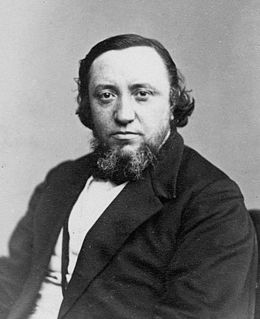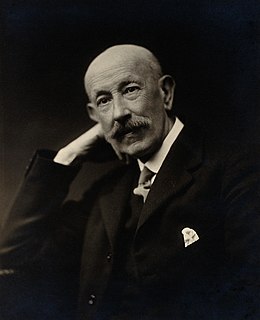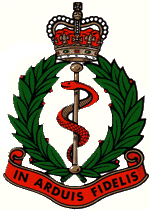
Sir Cyril Astley Clarke, KBE, FRCP, FRCOG, (Hon) FRC Path, FRS was a British physician, geneticist and lepidopterist. He was honoured for his pioneering work on prevention of Rh disease of the newborn, and also for his work on the genetics of the Lepidoptera.

Sir Samuel Wilks, 1st Baronet, was a British physician and biographer.

Sir Almroth Edward Wright was a British bacteriologist and immunologist.

Max Theiler was a South African-American virologist and physician. He was awarded the Nobel Prize in Physiology or Medicine in 1951 for developing a vaccine against yellow fever in 1937, becoming the first African-born Nobel laureate.

Sir Benjamin Ward Richardson was an eminent British physician, anaesthetist, physiologist, sanitarian, and a prolific writer on medical history. He was the recipient of the Fothergill gold medal, awarded by the Medical Society of London in 1854 and of the Astley Cooper triennial prize for an essay in physiology.

Sydney Arthur Monckton Copeman K.St.J FRS FRCP was a British medical doctor and senior medical officer in the Ministry of Health.

The Lister Institute of Preventive Medicine, informally known as the Lister Institute, was established as a research institute in 1891, with bacteriologist Marc Armand Ruffer as its first director, using a grant of £250,000 from Edward Cecil Guinness of the Guinness family. It had premises in Chelsea in London, Sudbury in Suffolk, and Elstree in Hertfordshire, England. It was the first medical research charity in the United Kingdom. It was renamed the Jenner Institute in 1898 and then, in 1903, as the Lister Institute in honour of the great surgeon and medical pioneer, Dr Joseph Lister. In 1905, the institute became a School of the University of London.

Sir Thomas Lewis, CBE, FRS, FRCP was a British cardiologist. He coined the term "clinical science".

John Sebastian Bach Stopford, Baron Stopford of Fallowfield KBE FRCS FRCP FRS was a British peer, a physician and anatomist, and a Vice-Chancellor of the University of Manchester. Lord Stopford was described as "one of the greatest anatomists of this century".
Sir Gordon Roy Cameron FRCP FRCPath FRS was an Australian pathologist.
Sir Nicholas John WaldFFPH is Professor of Environmental and Preventive Medicine at the Wolfson Institute of Preventive Medicine at Barts and The London School of Medicine and Dentistry. He is "widely considered one of the world's leading epidemiologists and neonatal health experts" and, together with Malcolm Law, is the inventor of the polypill.
Sir Arthur Peregrine Thomson MC, LLD, MD, FRCP was a British physician.

Hugh Christian Watkins is a British cardiologist. He is a Fellow of Merton College, Oxford, an associate editor of Circulation Research, and was Field Marshal Alexander Professor of Cardiovascular Medicine in the University of Oxford between 1996 and 2013.

Sir Arthur Newsholme was a leading British public health expert during the Victorian era.
Sir Arnold Ashley Miles CBE FRS, known as Ashley Miles, was the Director of the Lister Institute of Preventive Medicine and Professor of Experimental Pathology in the University of London from 1952 to 1971.

Arthur William Bacot was an entomologist at the Lister Institute of Preventive Medicine.
Stewart Ranken Douglas FRS was a British pathologist, bacteriologist and immunologist.

Sir John Charles Grant Ledingham FRS was a British pathologist and bacteriologist.
Nicholas John White is a British medical doctor and researcher, specializing in tropical medicine in developing countries. He is known for his work on tropical diseases, especially malaria using artemisinin-based combination therapy.

Sir Frederick William Andrewes was an English physician, pathologist, and bacteriologist.




























